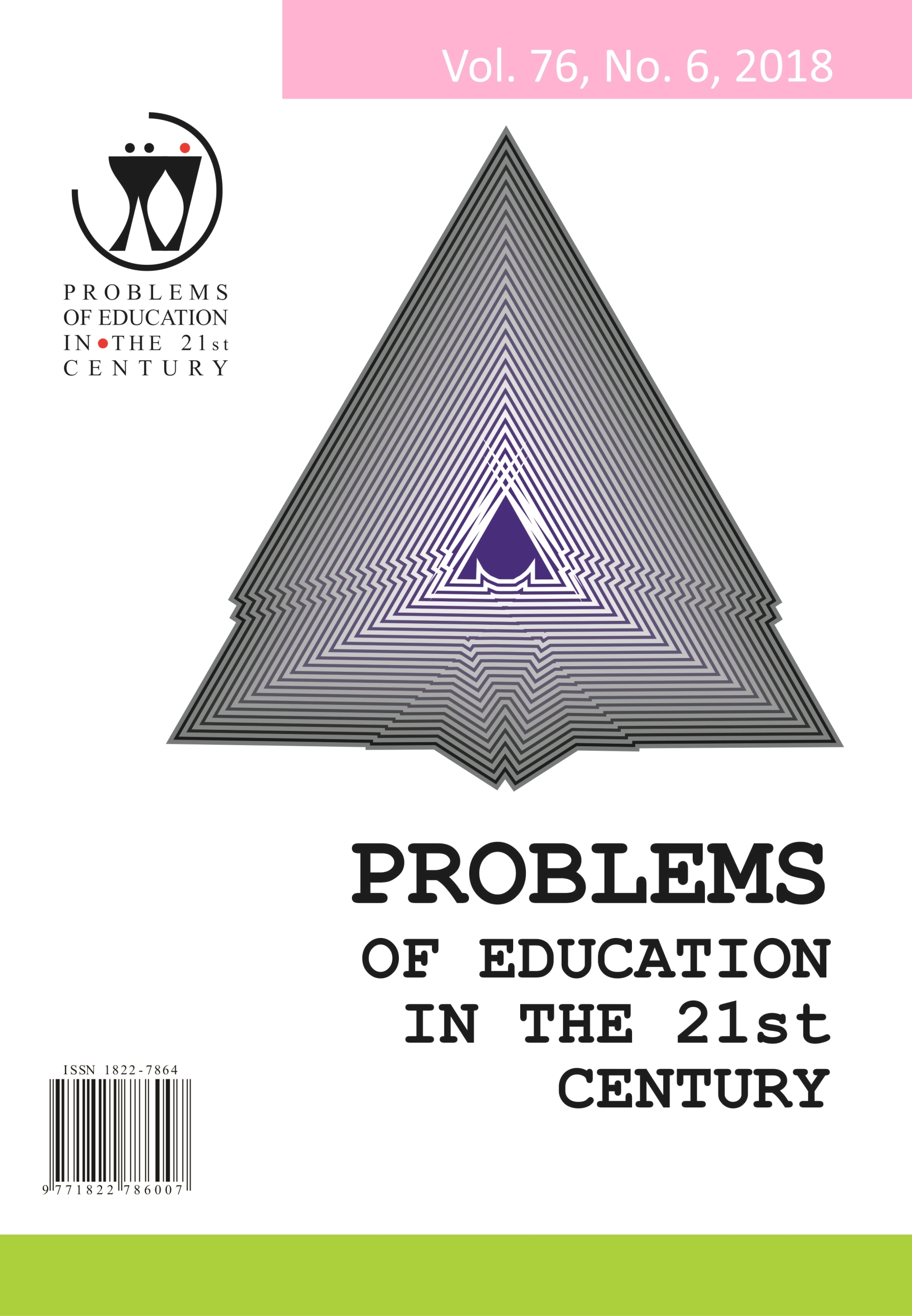IN-CLASS AND OUT-OF-CLASS ANXIETY IN SPEAKING TURKISH AS A SECOND LANGUAGE
IN-CLASS AND OUT-OF-CLASS ANXIETY IN SPEAKING TURKISH AS A SECOND LANGUAGE
Author(s): Durmuş Karci, Cemal Özdemir, Nuri BaltaSubject(s): Education, Foreign languages learning, School education, Turkic languages
Published by: Scientia Socialis, UAB
Keywords: language anxiety; anxiety in speaking; Turkish as a second language;
Summary/Abstract: Turkish is spoken by a large number of people in a wide geographical area and teaching Turkish as a foreign language is a subject that gains importance nowadays. This research employed a quantitative survey strategy to address the issue of anxiety in learning Turkish language in and outside the classroom. Participants were 356 students of two high schools, one college and one university in Kazakhstan. Participants were given the Second Language Speaking Anxiety Scale (SLSAS), which was analyzed with: correlation to search for possible relations between anxiety, age, duration of studying Turkish, and Turkish course grades; MANOVA to assess the effect of gender and school type on students’ anxiety in speaking Turkish; and an exploratory factor analysis to identify factor structure of SLSAS. Additionally, an ANOVA was carried out on a second data set with 52 students to see any differences between students’ anxiety in speaking Turkish and English. The results of this research indicated that anxiety in speaking Turkish is weak and not related to students’ age, gender, years studying Turkish, and Turkish course grades. In addition, no significant differences were found between students’ anxiety in speaking Turkish and English. The only significant result was the relatively high anxiety of college students in the classroom. This research implies that anxiety in speaking Turkish does not differ so much from anxiety in speaking English.
Journal: Problems of Education in the 21st Century
- Issue Year: 76/2018
- Issue No: 6
- Page Range: 816-833
- Page Count: 18
- Language: English

